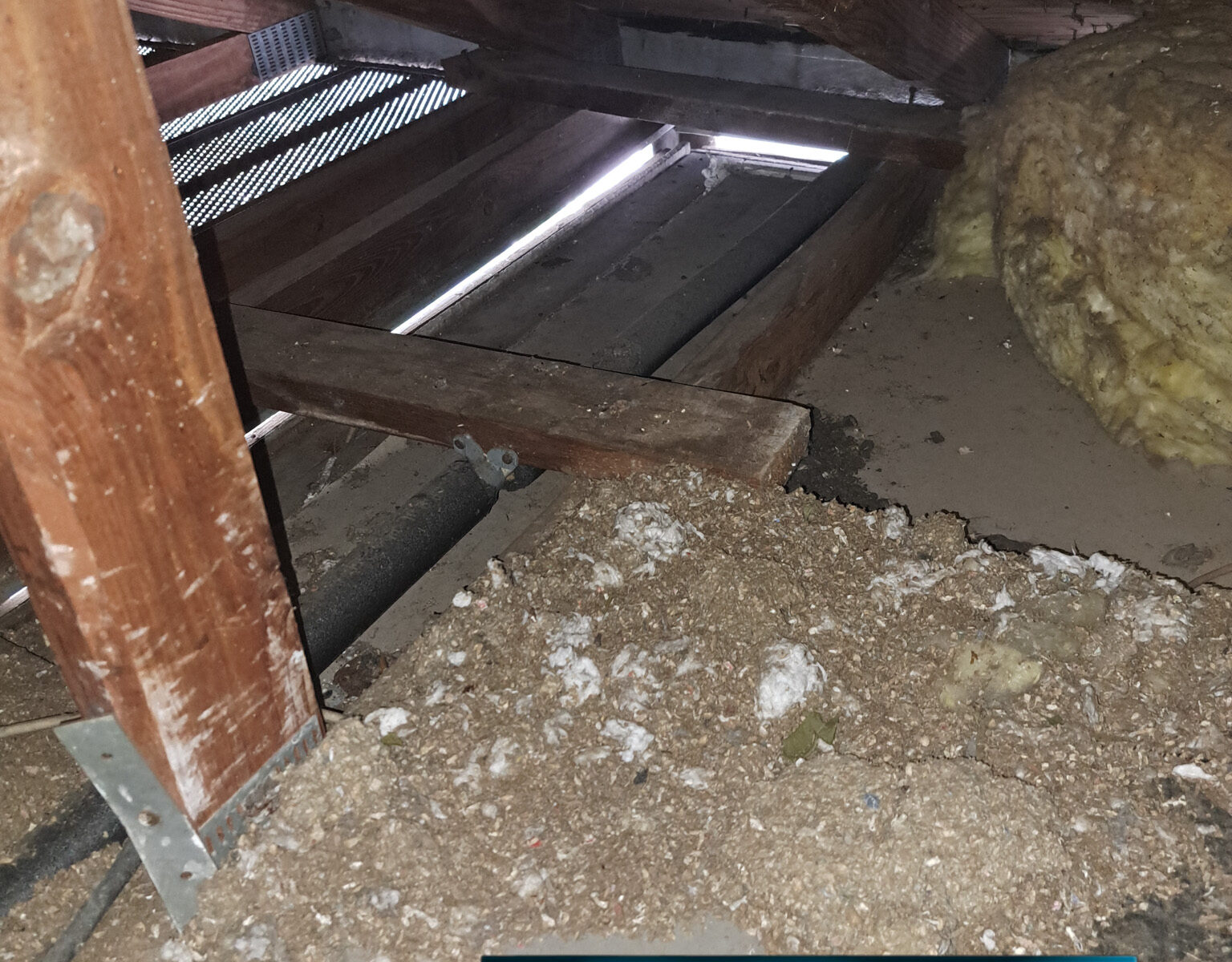Florida Bats

Florida is home to a diverse array of 13 bat species, each with unique characteristics and ecological roles. The Mexican free-tailed bat is perhaps the most well-known, often forming massive colonies and playing a significant role in controlling insect populations, including agricultural pests. Another important species is the evening bat, which is smaller and often roosts in trees, making it a key predator of moths, beetles, and other flying insects. The southeastern myotis is a water-loving bat, frequently found near caves and bodies of water where it forages for insects just above the surface. A particularly rare and critically endangered species is the Florida bonneted bat, the state’s largest bat, distinguished by its large ears and a powerful echolocation call that can be heard by humans. These bats are crucial for a healthy ecosystem, and their presence is a good indicator of environmental health.
Bat Removal and Bat Exclusions

When bats take up residence in apartments or multi-family properties in Sarasota , it’s crucial to handle the situation using humane and legal methods. Bat removal is not about extermination; it’s a specialized process called bat exclusion. The first step for a professional bat exclusion company is a thorough inspection to identify all potential entry points. These can be surprisingly small, as bats can squeeze through gaps as tiny as 3/8 of an inch, such as cracks in the fascia, gaps around vents, or openings where utilities enter the building.
Once entry points are identified, the core of the process begins. The company installs one-way exclusion devices. These simple yet effective devices, often a cone or tube, are strategically placed over the main entry and exit points. They are designed to let bats fly out of the roost at night to hunt but prevent them from re-entering. This method ensures that the entire colony, including any adults that may be temporarily outside, can leave the structure voluntarily.

After all bats have successfully exited, typically a few days later, all entry points are sealed permanently. This includes patching up all identified gaps and cracks to prevent bats from re-entering in the future. It’s a long-term solution that protects both the bats and the property. Critically, this work is legally prohibited during maternity season, which in Florida is from April to August. This is to avoid trapping flightless baby bats, called pups, inside the structure, where they would starve without their mothers.
Welltech Pest Solutions, LLC, Solves Occupancy of Bats at Multifamily Properties in Sarasota
Choosing a professional bat removal service for multifamily properties may require a bit more research unless WellTech Pest Solutions is contacted. First, there needs to be verification that the company performing work is compliant with state and federal laws. Second, the services should state that removal and exclusion services are conducted humanely. Third, the service company should have experience in the handling wildlife management within the sensitivity of the multifamily environment.
Contact WellTech Pest Solutions, LLC, for Sarasota bat removal and bat exclusion
WellTech is exclusively multi-family and exclusively Florida in its approach to pests, special services and wildlife management. WellTech Pest Solutions, LLC, maintains compliance with state and federal laws in bat removal and bat exclusion services. WellTech ensures that bats are removed and excluded humanely. Finally, WellTech has experience in bat removal and bat exclusion services within the multifamily industry.
For a free quote, please contact WellTech.
WellTech Pest Solutions are proud members of the following organizations:






















